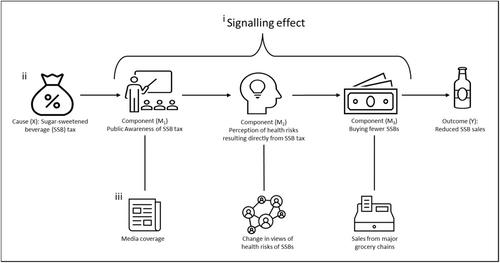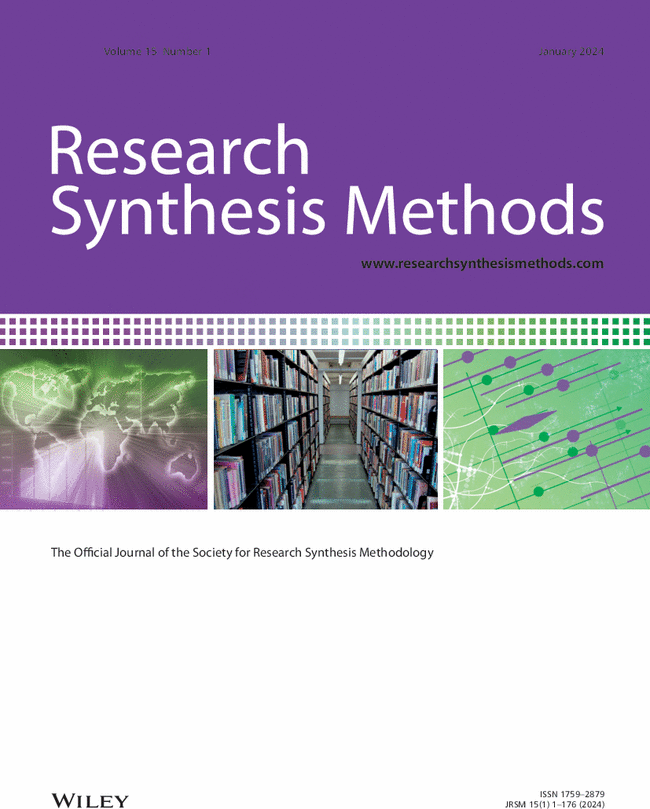Applying Bradford Hill to assessing causality in systematic reviews: A transparent approach using process tracing
Abstract
Background
Bradford Hill (BH) viewpoints are widely used to assess causality in systematic reviews, but their application has often lacked reproducibility. We describe an approach for assessing causality within systematic reviews (‘causal’ reviews), illustrating its application to the topic of income inequality and health. Our approach draws on principles of process tracing, a method used for case study research, to harness BH viewpoints to judge evidence for causal claims.
Methods
In process tracing, a hypothesis may be confirmed by observing highly unique evidence and disconfirmed by observing highly definitive evidence. We drew on these principles to consider the value of finding supportive or contradictory evidence for each BH viewpoint characterised by its uniqueness and definitiveness.
Results
In our exemplar systematic review, we hypothesised that income inequality adversely affects self-rated health and all-cause mortality. BH viewpoints ‘analogy’ and ‘coherence’ were excluded from the causal assessment because of their low uniqueness and low definitiveness. The ‘experiment’ viewpoint was considered highly unique and highly definitive, and thus could be particularly valuable. We propose five steps for using BH viewpoints in a ‘causal’ review: (1) define the hypothesis; (2) characterise each viewpoint; (3) specify the evidence expected for each BH viewpoint for a true or untrue hypothesis; (4) gather evidence for each viewpoint (e.g., systematic review meta-analyses, critical appraisal, background knowledge); (5) consider if each viewpoint was met (supportive evidence) or unmet (contradictory evidence).
Conclusions
Incorporating process tracing has the potential to provide transparency and structure when using BH viewpoints in ‘causal’ reviews.


 求助内容:
求助内容: 应助结果提醒方式:
应助结果提醒方式:


